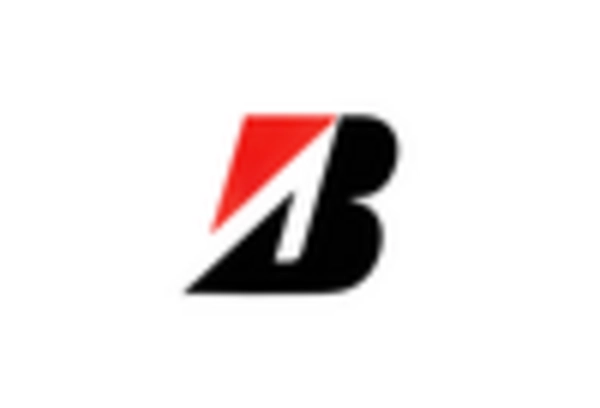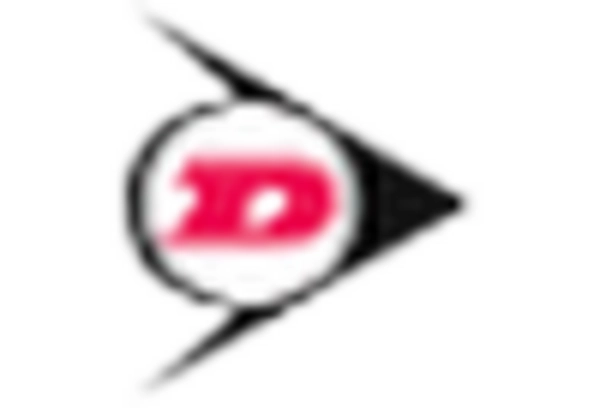Rising Adoption of Electric Vehicles
The Automotive Run Flat Tires Market is poised to benefit from the rising adoption of electric vehicles (EVs). As EVs become more prevalent, the need for specialized tires that can accommodate their unique weight and performance characteristics is becoming increasingly important. Run flat tires, with their ability to maintain functionality even when deflated, align well with the requirements of EVs, which often have limited space for spare tires. Market analysis suggests that the integration of run flat technology in EVs could lead to a substantial increase in demand, potentially driving the market growth by an estimated 5% annually. This trend indicates a shift in consumer preferences towards innovative tire solutions that enhance the driving experience while ensuring safety.
Growing Awareness of Tire Maintenance
The Automotive Run Flat Tires Market is benefiting from a growing awareness of tire maintenance among consumers. As vehicle owners become more educated about the importance of maintaining tire health, the demand for run flat tires, which require less frequent maintenance, is increasing. This trend is particularly evident in urban areas where convenience is a priority for consumers. Market Research Future suggests that the preference for low-maintenance tire options is likely to drive a 3% increase in the run flat tire segment over the next few years. Additionally, educational campaigns by manufacturers and automotive organizations are further promoting the advantages of run flat technology, thereby enhancing consumer interest in the Automotive Run Flat Tires Market.
Regulatory Support for Tire Safety Standards
The Automotive Run Flat Tires Market is influenced by regulatory support aimed at enhancing tire safety standards. Governments across various regions are implementing stricter regulations regarding tire performance and safety, which is likely to drive the adoption of run flat tires. These regulations often mandate that vehicles must be equipped with tires that can withstand certain conditions, thereby increasing the appeal of run flat technology. As a result, manufacturers are investing in research and development to meet these standards, which could lead to a more competitive market landscape. The anticipated growth in the Automotive Run Flat Tires Market is expected to be bolstered by these regulatory frameworks, potentially increasing market size by 4% over the next few years.
Increased Consumer Demand for Safety Features
The Automotive Run Flat Tires Market is experiencing a notable surge in consumer demand for enhanced safety features in vehicles. As consumers become more aware of the potential dangers associated with tire blowouts, the preference for run flat tires, which allow for continued driving after a puncture, is increasing. This shift is reflected in market data, indicating that the run flat tire segment is projected to grow at a compound annual growth rate of approximately 6% over the next five years. Manufacturers are responding to this trend by developing tires that not only provide safety but also improve overall vehicle performance. Consequently, the Automotive Run Flat Tires Market is likely to see a significant uptick in sales as consumers prioritize safety in their purchasing decisions.
Technological Innovations in Tire Manufacturing
The Automotive Run Flat Tires Market is witnessing a wave of technological innovations in tire manufacturing processes. Advances in materials science and engineering are enabling the production of lighter, more durable run flat tires that offer improved performance and safety. Innovations such as the use of advanced polymers and composite materials are enhancing the structural integrity of these tires, allowing them to support vehicle weight even when deflated. Market data indicates that the introduction of these innovative products is likely to attract a broader consumer base, thereby expanding the market. As manufacturers continue to invest in cutting-edge technologies, the Automotive Run Flat Tires Market is expected to experience a growth trajectory of approximately 7% in the coming years.


















Leave a Comment